Affiliate links on Android Authority may earn us a commission. Learn more.
OnePlus One with a Pie-based ROM: Does it change much?
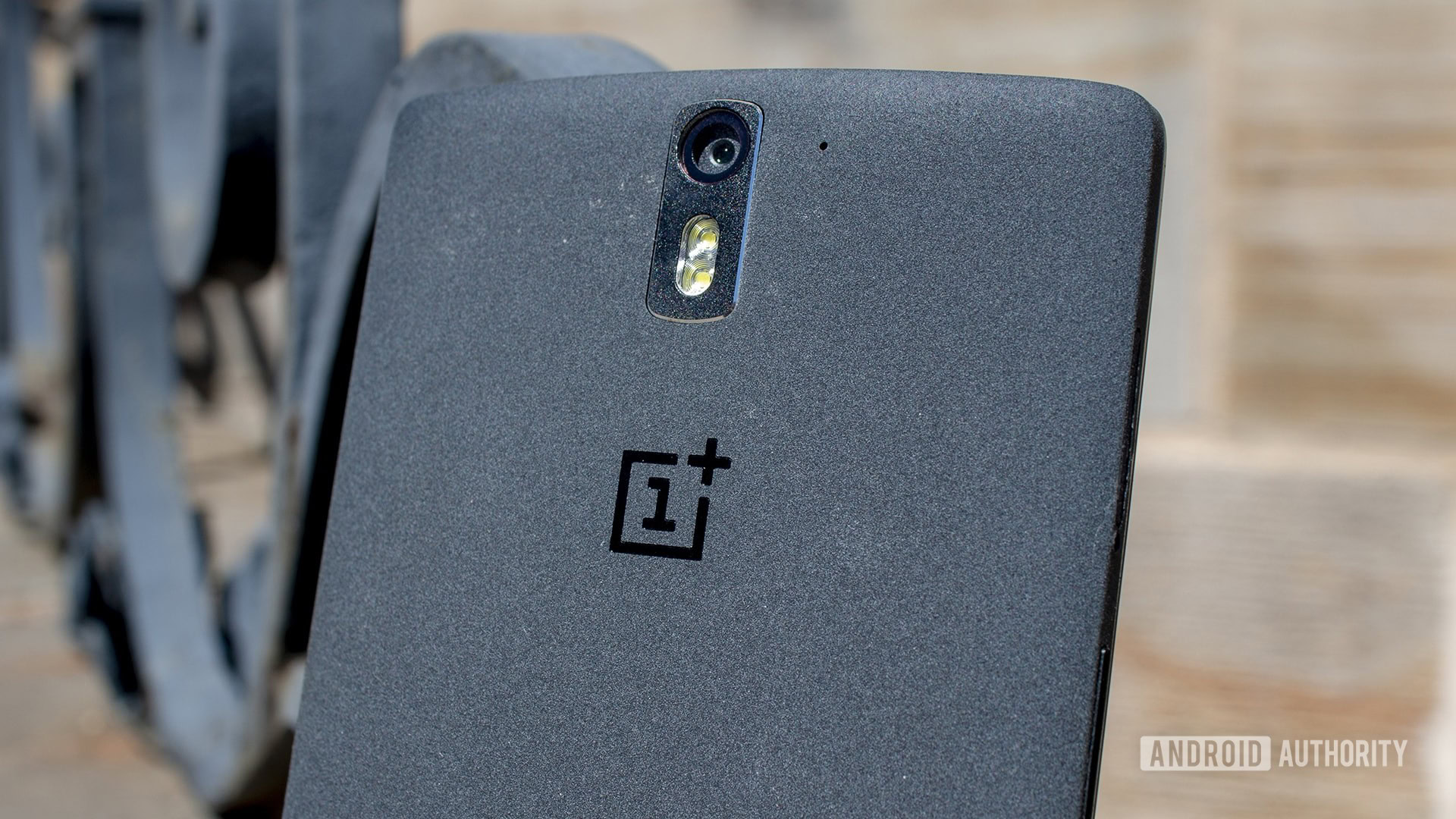
Recently, I did a week-long experiment where I exclusively used a OnePlus One as my daily driver in an effort to see how the device has held up over the years. As part of that experiment, I used the device running the last official ROM available, which is based on Android 5 Lollipop.
Although I preemptively noted in the article that this might ruffle some feathers for Android Authority readers, I did it that way for a reason. The device is no longer supported by OnePlus so the Lollipop ROM is the most genuine way to use the device as the company left it. I also wanted to experience the device as the average smartphone user would, i.e. someone who doesn’t know about flashing ROMs and the like.
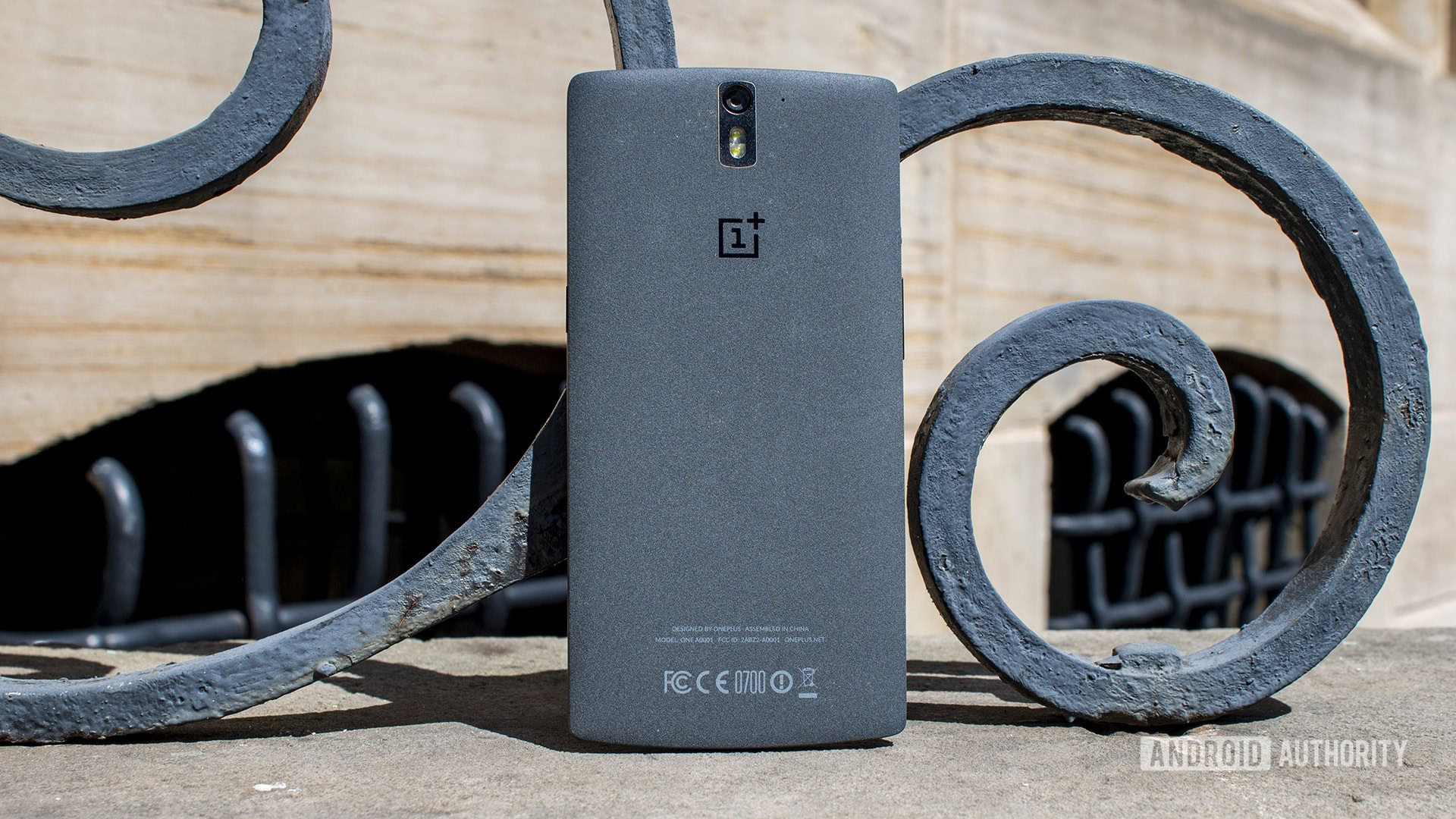
However, now that the experiment is over I figured I’d do a little follow-up: how much of a different experience is it to use the OnePlus One with a current version of Android? To find out, I flashed LineageOS 16 — which is based on Android 9 Pie — onto the One and used it for a little while (not a full week this time, and not as my daily driver).
Below, you’ll find my thoughts on the experience. Just like in the main article, I’ll spoil it all for you ahead of time: the experience was definitely better, but the One is still no modern smartphone.
Hellooooo faster speeds
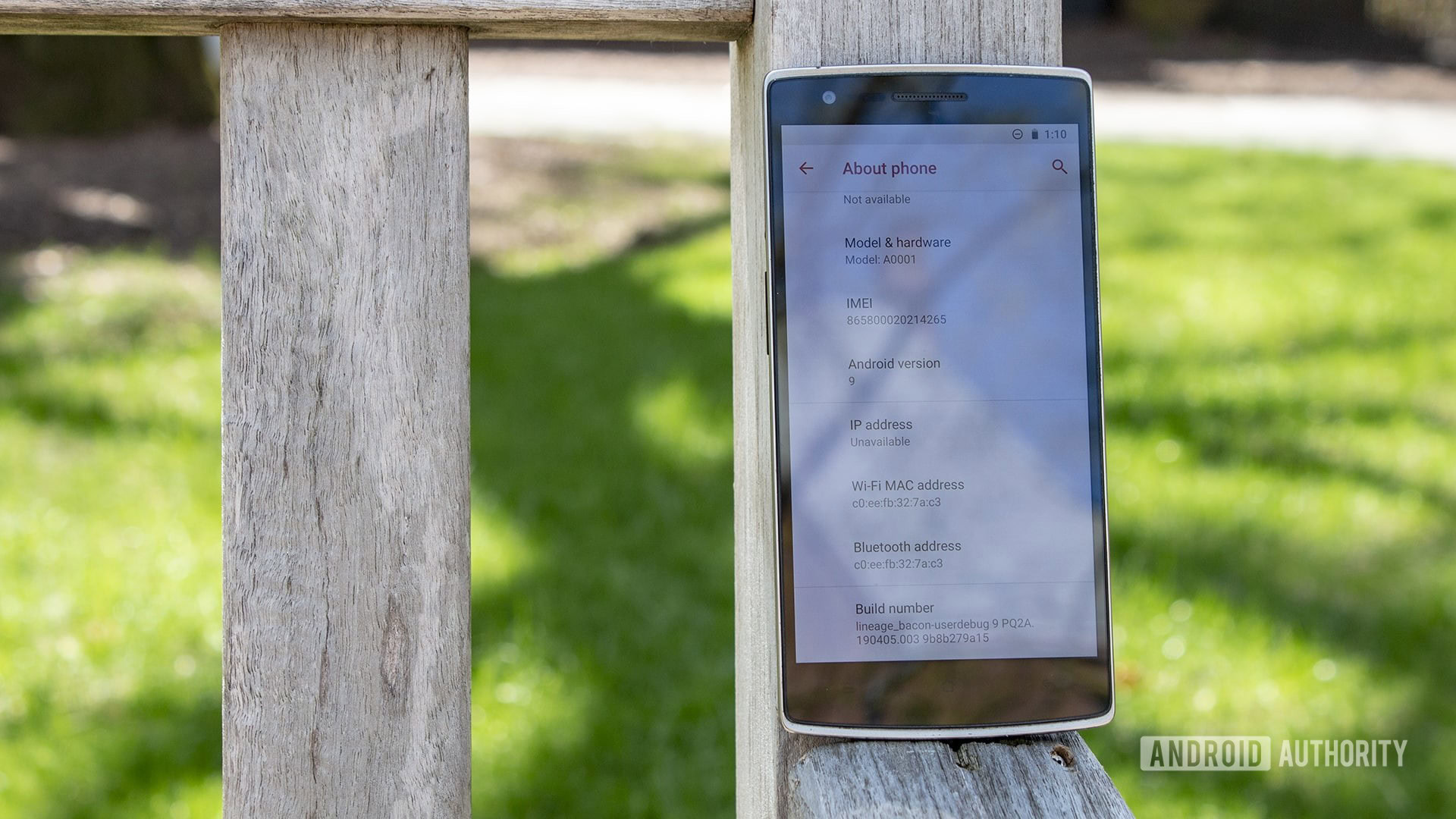
One of the major complaints of my experience with the OnePlus One on the Lollipop ROM is how slow everything was. The Qualcomm Snapdragon 801 processor in the One is ancient by today’s standards and navigating around the device on Lollipop was a slog.
Thankfully, Android 9 Pie all but completely fixed this. All of my usual apps worked, which was nice, and opening and closing apps seemed nearly as fast as my OnePlus 6T. Data speeds on the One seemed to be about the same regardless of the ROM, but using the internet, watching YouTube videos, and downloading apps went much smoother than before.
Pie made the overall speeds on the One so much better. It was like a whole new phone in this regard.
Obviously, Android 9 Pie brings in many new Android features not present in Lollipop which only made the experience more enjoyable and more modern. For example, the revamped settings page was much easier to navigate, the addition of features like Do Not Disturb and Digital Wellbeing gave me much more power and control over my experience, and better customization features allowed me to eliminate aspects of the OS I don’t need (such as certain status bar icons).
In other words, Pie is simply better than Lollipop and using the One became immediately better by using it.
Battery life is much, much better
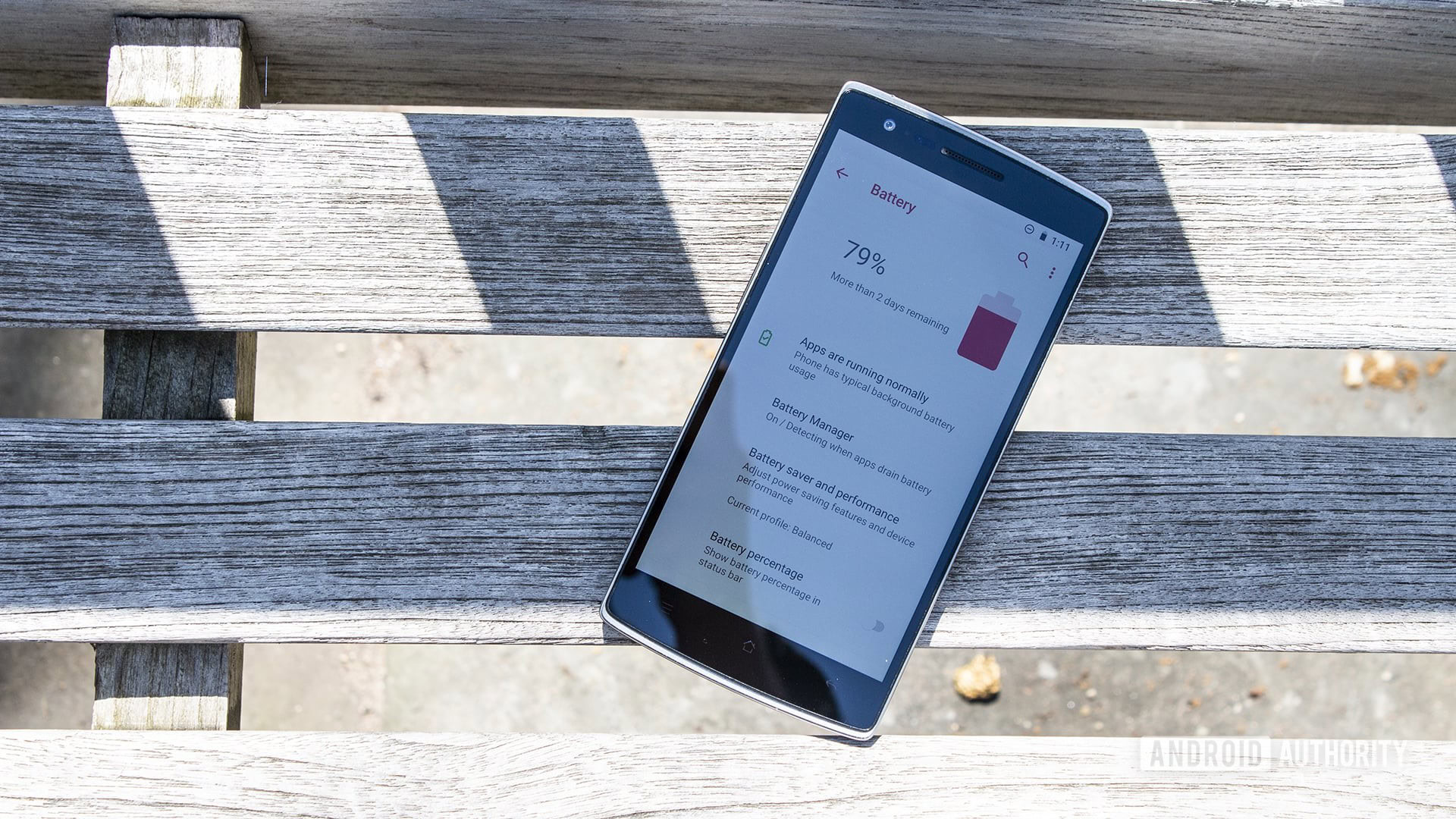
Since I didn’t do a full week running the OnePlus One through the wringer, I don’t have a totally firm grip on just how much Android 9 Pie positively affected battery life. Anecdotally though, it seemed like battery life was much, much better.
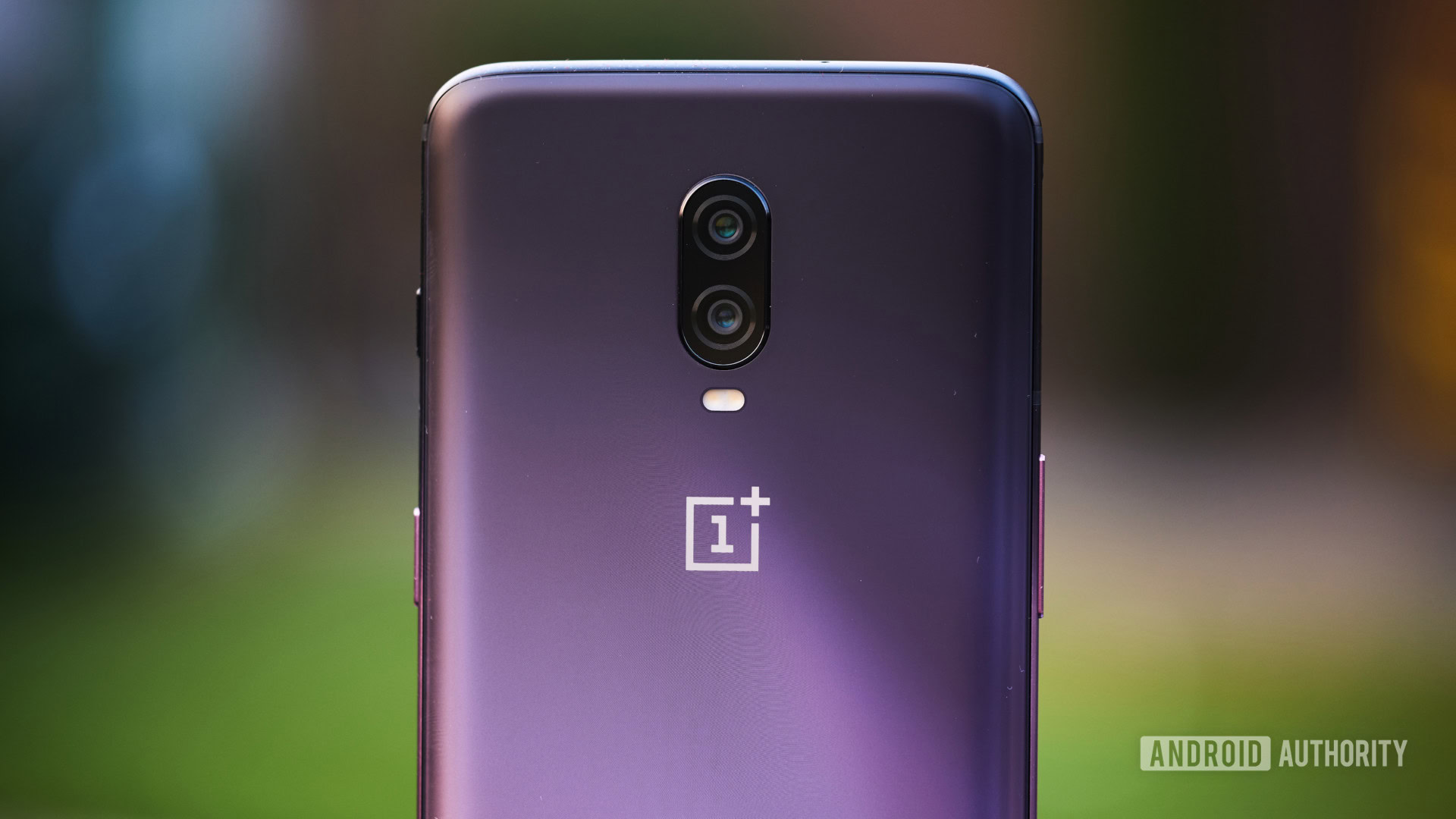
As a quick-and-dirty test, I booted up the fully-charged One and left it sitting for a full 24 hours on my desk. I didn’t do anything with it, just let it sit there powered on and connected to Wi-Fi. After 24 hours in this state, the battery was still at 90 percent. I’d call that pretty good.
As another quick-and-dirty test, I played a 10-minute long YouTube video on full brightness. The battery dropped by three percent during this test, which isn’t great but certainly acceptable.
Overall, Pie seems to simply do a better job of optimizing battery life than Lollipop could ever do.
The awful camera is now just mediocre
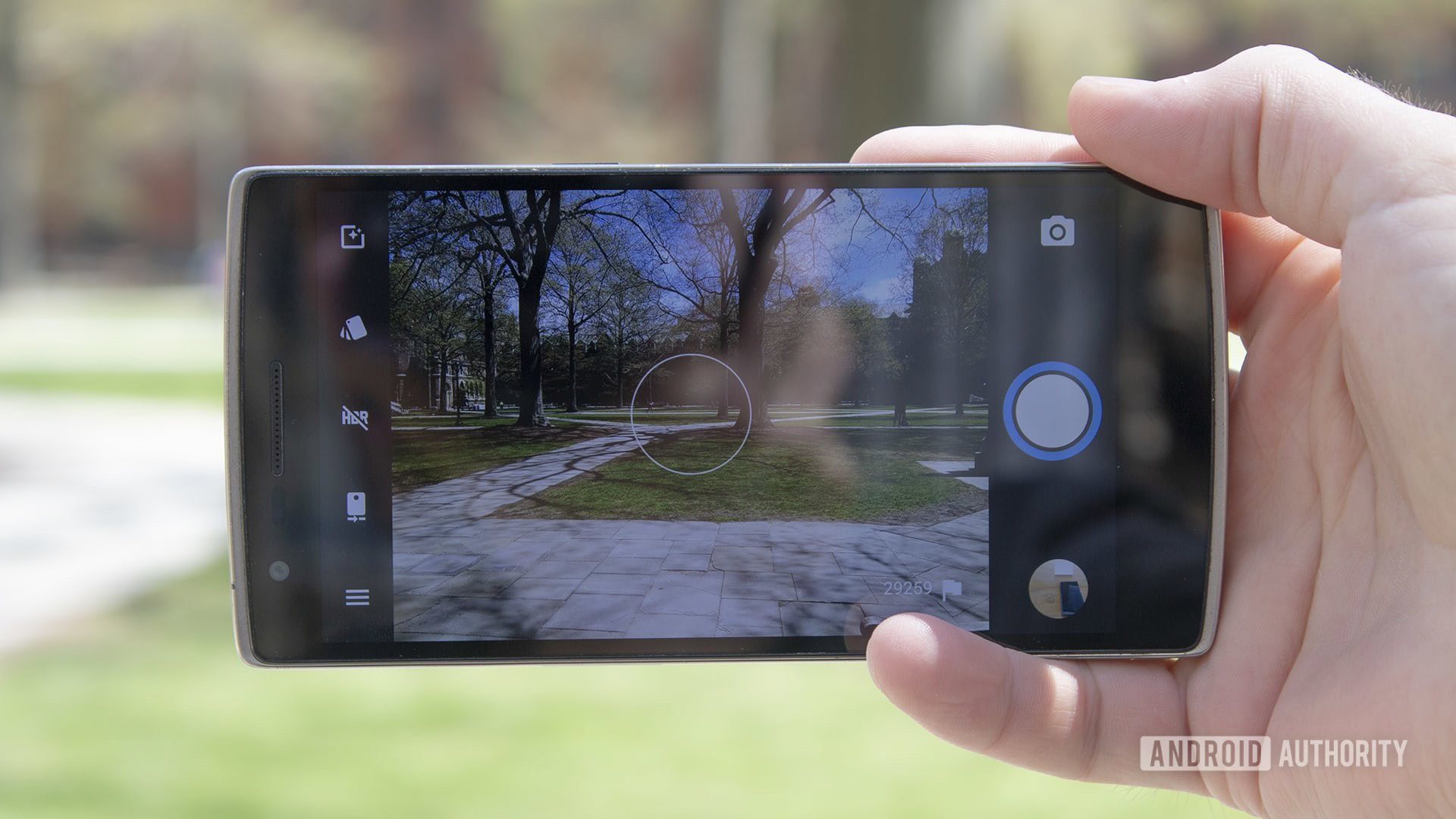
One of the biggest problems with the OnePlus One, when you compare it to modern smartphones, is the camera. You can read my original article to see some comparison shots between the One and the OnePlus 6T, but I’ll save you a trip: the OnePlus One photos are very bad.
Thankfully, the default camera app that comes with LineageOS did a much better job when it comes to snapping photos. Not only did the photos come out looking better but the whole system was faster: opening the app, snapping a photo, snapping more photos, and then closing the app all happened at a speed I’m used to with modern phones.
Yes, the camera is better! No, the camera isn't comparable to a modern phone.
However, the photos still didn’t look nearly as good as ones taken with a newer phone.
Unfortunately, I can’t easily flip-flop between ROMs so conducting a test to compare shots on Lollipop and Pie would be pretty difficult without having two OnePlus Ones. Suffice it to say that the update to Pie is absolutely worth it if you’re using an older device and want better photos.
The bottom line: Software can’t fix everything
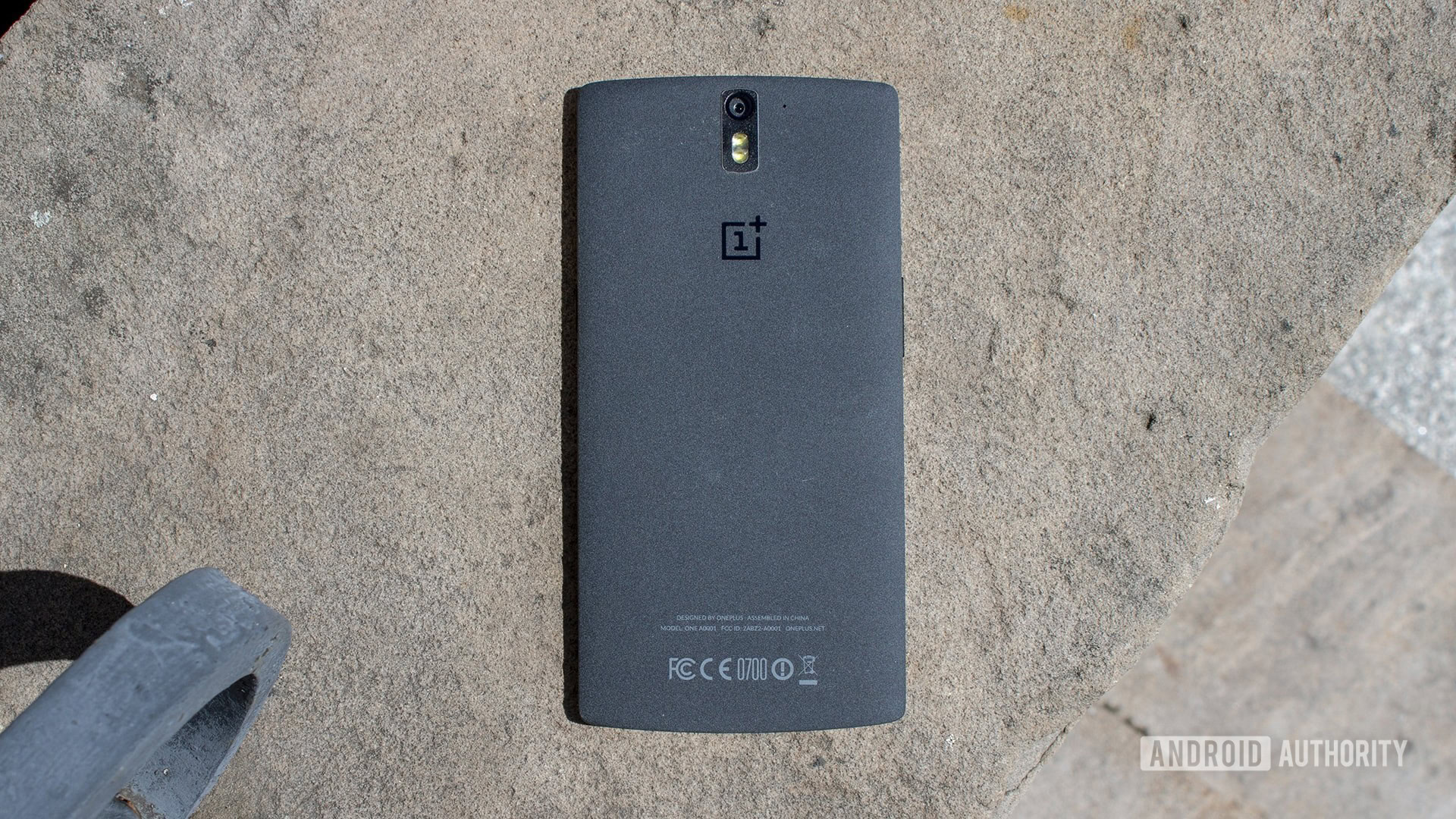
As a few commenters pointed out (and as I pointed out in the original article), using a One with modern software absolutely makes things better. Battery life is great, speeds are up-to-par, and even the camera is actually usable.
However, the software upgrade doesn’t address many of the other issues I had with the device. There’s still no fingerprint sensor which is a usability nightmare. The phone still takes a long time to charge due to the ultra-slow MicroUSB port. The camera is certainly better, but still sub-par for any kind of regular use, especially if you’re a shutterbug.
Software simply doesn’t fix everything.
In the comments of my original article, one person called me out by saying that just because the OnePlus One doesn’t match up with modern flagships doesn’t mean it won’t work for people in certain situations. Not everyone can spend $1,000 on a new phone, after all.
Android 9 Pie makes the OnePlus One much better, but adding new software doesn't magically add in new hardware.
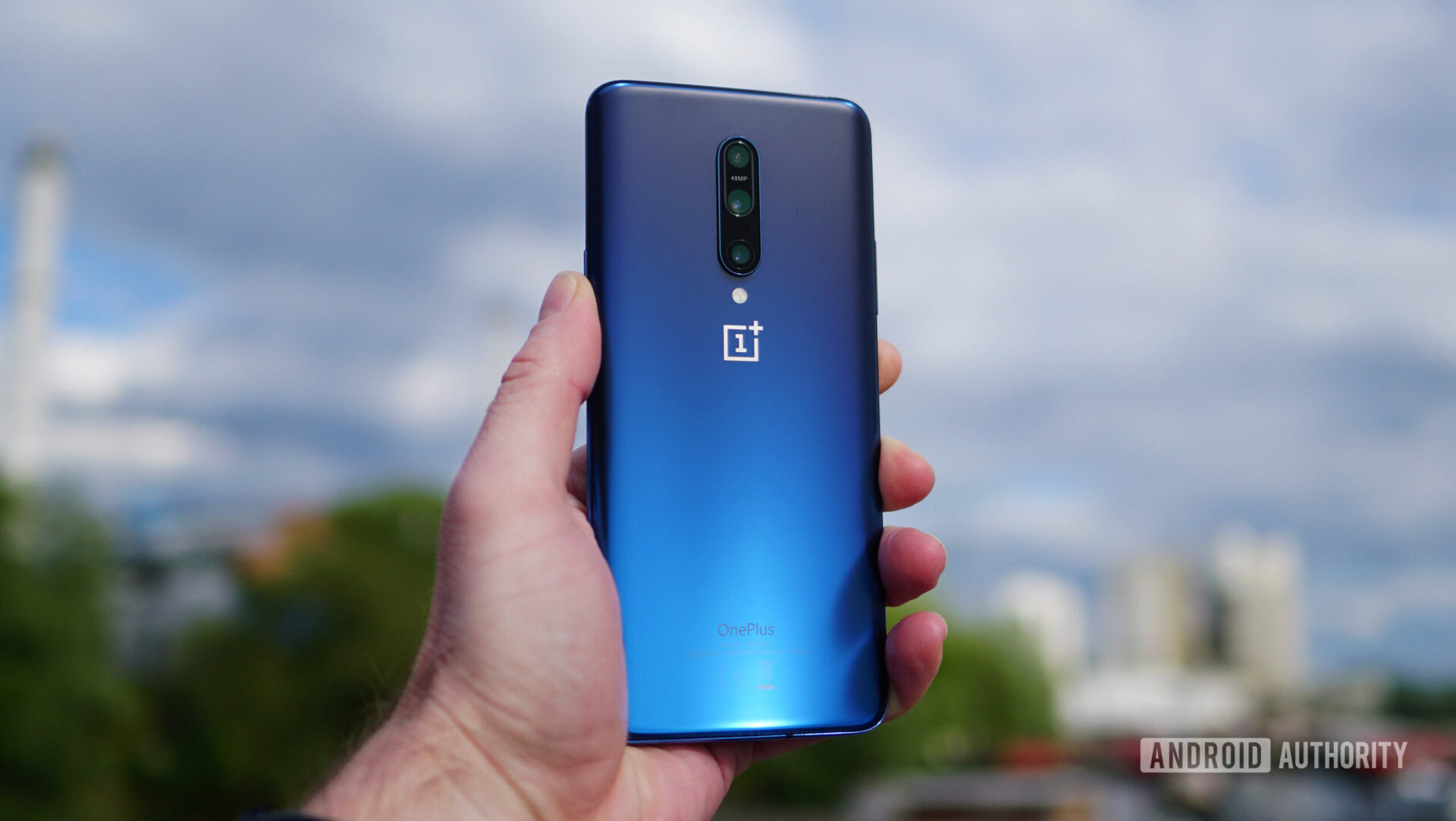
While this is absolutely true, the OnePlus One still can’t hold up to even most budget phones of today. You can easily find a brand new 2019 phone below $300 that will have USB-C charging, a larger battery, a fingerprint sensor, and a dual camera system. If $300 is still too much, you can buy a used smartphone for under $200 with all these features.
I’d like to close this out by reiterating something I said in the original article: I love this phone. This was the device that made me love smartphones and will honestly always be one of my all-time favorites, no matter how old it gets. I understand, though, that times have changed and what was once suitable for daily use just isn’t anymore.
This OnePlus One is going to go into a drawer where it will stay unused for a long time, but it won’t be forgotten.
NEXT: From OnePlus 6T to OnePlus One: A week with a 5-year-old phone